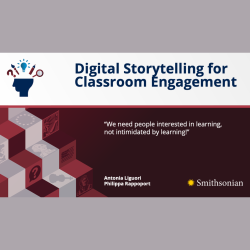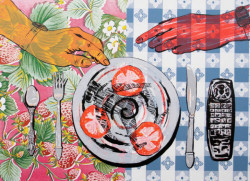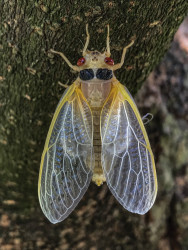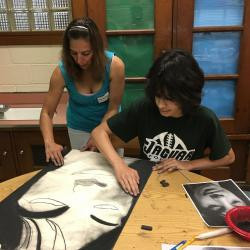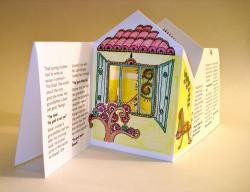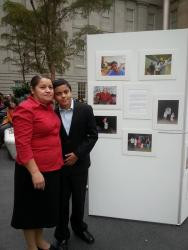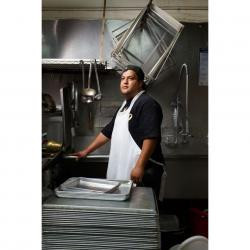Philippa Rappoport
I work in education and engagement, teacher professional development, and outreach at the Smithsonian Office of Educational Technology (OET), and have a particular interest in developing and producing trainings, programs, teaching techniques, and platforms that foster deep learning and contribute knowledge to improve practices in museum and preK-16 education and engagement. At OET over the last decade+, I created digital assets for schools, families, and new immigrant English Language learners to complement teacher professional development and pan-Smithsonian programming, including Learning Lab teaching collections, YouTube videos with tradition bearers, a handmade family stories book-making website, and online heritage tours.
Philippa Rappoport's collections
2024 Smithsonian-Montgomery College Faculty Fellowship Program - National Air and Space Museum
 Philippa Rappoport
Philippa Rappoport
Digital Storytelling for Classroom Engagement (Companion Collection for a Smithsonian National Education Summit Presentation)
 Philippa Rappoport
Philippa Rappoport
A "Family Lessons" Storybook Activity for the Classroom or Home, with examples of student work
 Philippa Rappoport
Philippa Rappoport
Digital Storytelling with Museum Objects in the Smithsonian Learning Lab (RDMF Conference Workshop)
 Philippa Rappoport
Philippa Rappoport
Digital Storytelling with Museum Objects in the Smithsonian Learning Lab
 Philippa Rappoport
Philippa Rappoport
Digital Storytelling as a Tool for Participatory Research and Audience Engagement
 Philippa Rappoport
Philippa Rappoport
“I Didn’t Believe I Could Be Brave”: How the Smithsonian Uses Stories to Amplify Voices and Build Community
 Philippa Rappoport
Philippa Rappoport
2024 Smithsonian-Montgomery College Faculty Fellowship Program - National Museum of African American History and Culture
 Philippa Rappoport
Philippa Rappoport
Engaging Families through Art and Technology Programs: "Discovering US/Descubriéndose"
 Philippa Rappoport
Philippa Rappoport
Making a "Kitchen Memories" Family Recipe and Storybook
 Philippa Rappoport
Philippa Rappoport
Making "Family Memory" Storybooks: Fun for the Whole Family
 Philippa Rappoport
Philippa Rappoport
A Classroom or Family Project: "Today I Am Here," with examples of student work
 Philippa Rappoport
Philippa Rappoport


